Archives
- 2025-12
- 2025-11
- 2025-10
- 2025-09
- 2025-03
- 2025-02
- 2025-01
- 2024-12
- 2024-11
- 2024-10
- 2024-09
- 2024-08
- 2024-07
- 2024-06
- 2024-05
- 2024-04
- 2024-03
- 2024-02
- 2024-01
- 2023-12
- 2023-11
- 2023-10
- 2023-09
- 2023-08
- 2023-07
- 2023-06
- 2023-05
- 2023-04
- 2023-03
- 2023-02
- 2023-01
- 2022-12
- 2022-11
- 2022-10
- 2022-09
- 2022-08
- 2022-07
- 2022-06
- 2022-05
- 2022-04
- 2022-03
- 2022-02
- 2022-01
- 2021-12
- 2021-11
- 2021-10
- 2021-09
- 2021-08
- 2021-07
- 2021-06
- 2021-05
- 2021-04
- 2021-03
- 2021-02
- 2021-01
- 2020-12
- 2020-11
- 2020-10
- 2020-09
- 2020-08
- 2020-07
- 2020-06
- 2020-05
- 2020-04
- 2020-03
- 2020-02
- 2020-01
- 2019-12
- 2019-11
- 2019-10
- 2019-09
- 2019-08
- 2019-07
- 2019-06
- 2019-05
- 2019-04
- 2018-11
- 2018-10
- 2018-07
-
br Conclusion br Author statement br Acknowledgments br Intr
2021-11-24
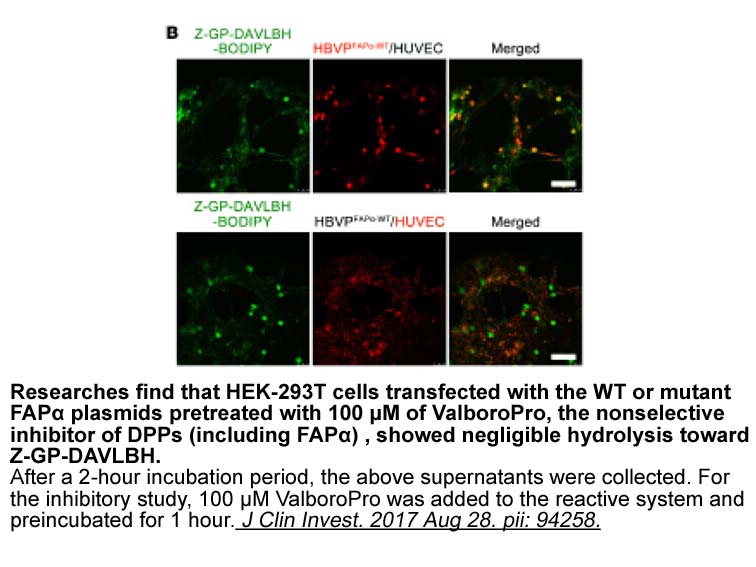
Conclusion Author statement Acknowledgments Introduction The hypothalamic-pituitary-gonadal (HPG) axis is an important neurohormone network for vertebrates that regulates their gonadal development and maturation, guarantees their pubertal development and maintains their normal reproducti
-
[Ala92]-p16 (84-103) The typical pharmacophore for GPR agoni
2021-11-24

The typical pharmacophore for GPR40 agonists contains four parts: head (acid moiety), central (phenyl ring), linker and tail (aromatic carbocyclic or heterocyclic ring) [20]. On the other hand, the chemical features that are required for the PPARγ agonists include hydrogen bond donors and acceptors
-
SB 265610 The ion conduction pathway reported herein
2021-11-24
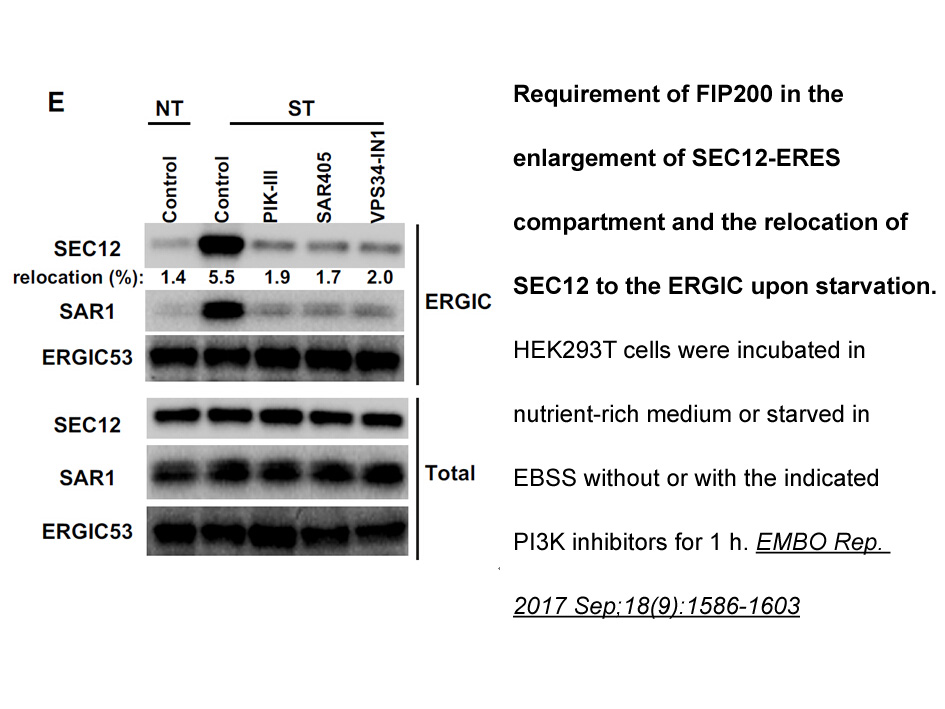
The ion conduction pathway reported herein accounts for all known functional properties of EAAT/GltPh anion channels. Simulations reveal unitary current amplitudes and ion selectivities (Figures 3C and 3D) that resemble experimental results (Melzer et al., 2003, Wadiche and Kavanaugh, 1998). The cal
-
Next we focused on B part the phthalazine ring
2021-11-24

Next, we focused on B-part, the phthalazine ring. While both nitrogen atoms of the phthalazine ring were found to be important (data not shown), replacing the benzene ring of the phthalazine part was attempted, and shows the results of the substituted pyridazine rings with bearing 2-methoxy benzene
-
Despite the potential promise of
2021-11-24

Despite the potential promise of both of these peptides, such compounds are still susceptible to efficient renal filtration (Emmanouel et al., 1978, Holst, 1991, Deacon et al., 1996). However, numerous studies have demonstrated that fatty CTX0294885 dervatisation of related regulatory peptides resul
-
The significance of A and tau as therapeutic targets is
2021-11-24
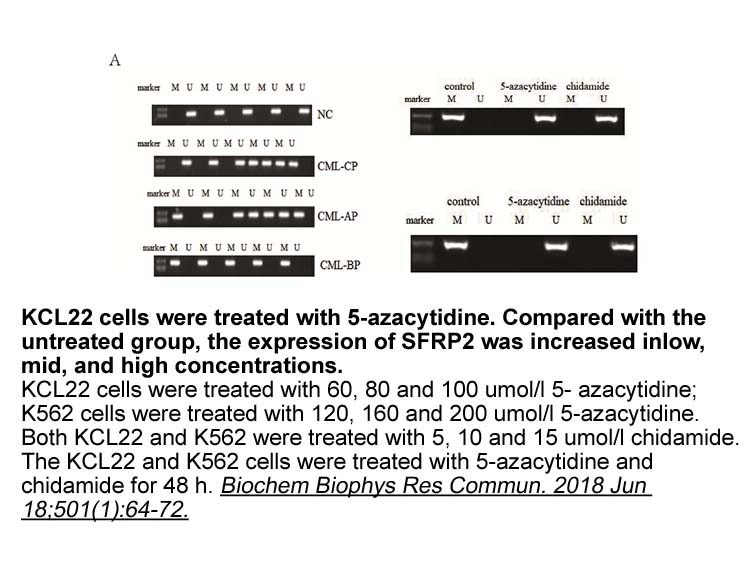
The significance of Aβ and tau as therapeutic targets is not only derived from pathological evidence of postmortem brain but also from biochemical analysis of cultured human neurons. This is largely based on the induced pluripotent stem cell (iPSC) technology that has been established to study Aβ,
-
AMI-1 A comparison of our results with literature
2021-11-24

A comparison of our results with literature data on the action of pregnane and androstane steroids on the functional activity of NMDAR, GABAAR and GlyR enables us to draw the following conclusions. First, androstane steroids (with no substituents at C-17) at a concentration up to 50 μM do not affect
-
br Introduction GPR also known as free fatty acid
2021-11-24
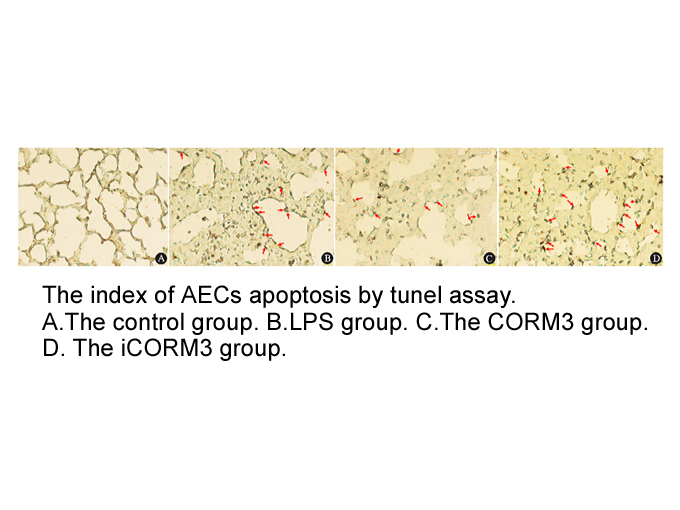
Introduction GPR40 (also known as free fatty GSK343 receptor 1), a member of the G-protein coupled receptor (GPCR) family, is expressed in pancreatic beta cells, intestine and the central nervous system (Bekinschtein et al., 2008; Itoh et al., 2003). It is activated by medium- and long-chain satu
-
br Materials and methods br Results The immunoblot
2021-11-24
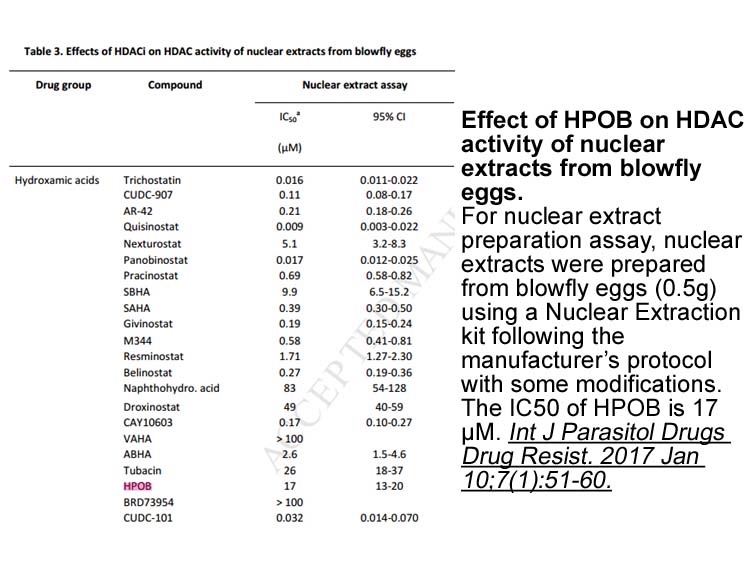
Materials and methods Results The immunoblot analysis demonstrated the presence of similar immunoreactivity by liver FBPase in hepatic and renal extracts. These results indicate that FBPase is present in a similar amount in both tissues. Moreover, the analysis revealed that the antibody detec
-
ATN Ac PHSCN NH is a small peptide
2021-11-24

ATN-161 (Ac-PHSCN-NH2) is a small peptide antagonist of integrin α5β1, a recently developed anticancer drug that interacts with the N-terminus of the β1 region of integrin α5β1 to lock integrin α5β1 in its non-activated conformation (Wang et al., 2016). The drug has been tested in Phase 2 clinical t
-
Sperm capacitation was negatively r
2021-11-24

Sperm capacitation was negatively (r = −0.68; p ive but not significant (r = 0.22). No significant relationship was observed between the expression levels of either CB1 receptor or FAAH and any of the sperm quality parameters studied. The scatter plot distribution of spermatozoa expression of CB1 an
-
H O induced astrocyte ATP
2021-11-24
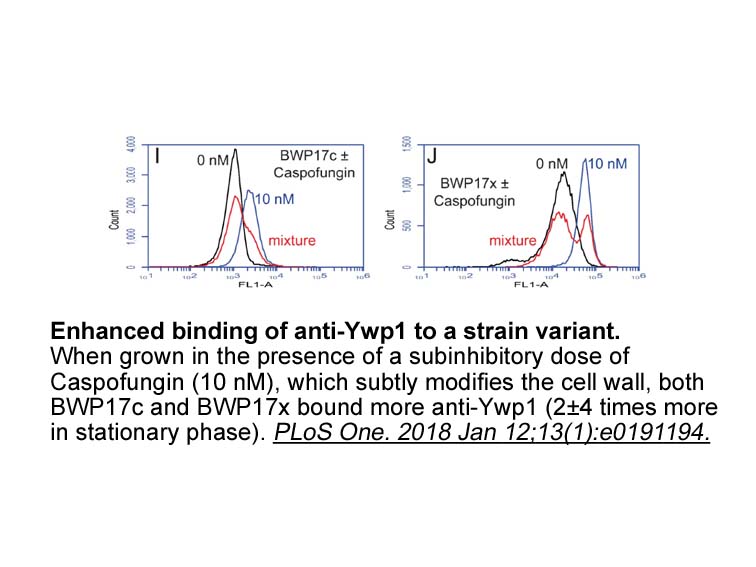
H2O2 induced astrocyte ATP release through lysosome exocytosis. The LDH assay and electric microscope results indicated that the increase of extracellular ATP concentration was not due to the cell rupture, but the alternations in cell activities. In addition, when lysosome exocytosis was blocked by
-
br To explore further the functional
2021-11-24

To explore further the functional impact of the similarity of the UTY and KDM6A proteins, the FANTOM5 human dataset was analysed to determine whether or not the genes were expressed at the same time in the same tissues (which would suggest that they are controlled by the same regulators) or with o
-
br Introduction Histamine stored in mast
2021-11-24

Introduction Histamine stored in mast cells and basophils has been recognized as one of the most critical mediators in allergic reactions and plays an important role in eliciting the nasal symptoms of allergic rhinitis, such as sneezing, nasal itch, pain, rhinorrhea, and congestion [1], [2]. It i
-
Several recent studies have linked
2021-11-24

Several recent studies have linked clock function with the cell cycle and reported that clock components, such as PER1, PER2, BMAL1, and CRY1/2 decrease cell proliferation or improve the action of anti-cancer drugs in different cancer cell lines. Moreover, certain types of human cancer show an alter
16588 records 569/1106 page Previous Next First page 上5页 566567568569570 下5页 Last page